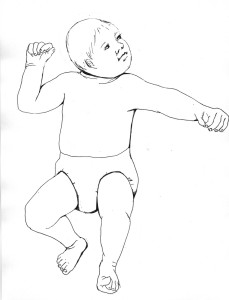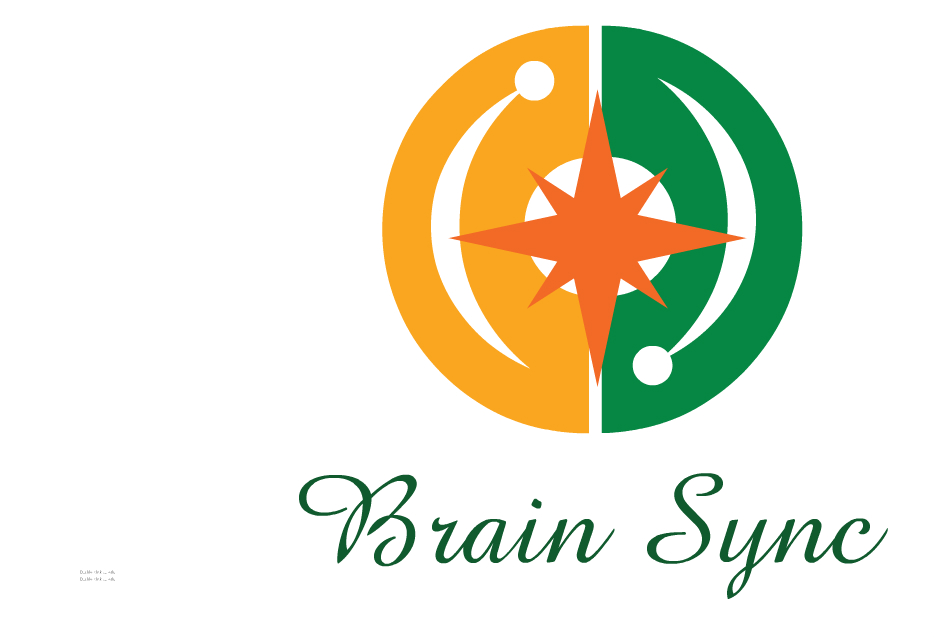Asymmetrical Tonic Neck Reflex (ATNR)
Trigger
- The baby turns its head to one side.
Response to Triggers
- The arm and leg that the baby’s head is turned toward will straighten. The other arm and leg will bend.
- The ATNR is present in utero at 18 weeks and is integrated at 4 to 6 months.
- It assists in the birthing process as the baby makes its way down the birth canal. It is actually activated and reinforced by the birth process. Babies born by Caesarean section could be at a higher risk for a retained ATNR.
- It is a necessary reflex for survival; the ATNR causes the baby to turn his head when lying on his stomach, preventing him from lying with his face straight down and obstructing his airways.
- The ATNR is crucial to vision development. When a child turns his head, reaches and touches an object, near vision is developed. Integration of this reflex allows the child to crawl, further developing far vision, eye tracking crossing midline, and depth perception.
- The integration of the ATNR allows the child to handle and examine objects in midline (directly in front of him).
- It is important for the development of specialized hemispheres of the brain, the right side for rhythm and the left for speech and language.
- It is the basis for auditory development, the right ear advantage for speech and language and the left for rhythm. It is the foundation for auditory and auditory-visual processing.
- The ATNR is important for the development of differentiation between the right and left sides of the body, allowing the right and left sides to be able to move independent of each other and developing hand dominance.
If the ATNR persists, the child will be unable to use a cross pattern of movement, resulting in either not being able to crawl, and later, will not be able walk with a cross pattern arm swing.
The child will not establish a preferred hand or foot, resulting in hesitancy in response movements.
The child with a retained ATNR will be unable to manipulate objects in midline or pass objects from one hand to another. The child will want to perform tasks on one side of the body at a time. This also results in hesitancy in moving eyes across midline, and the child will have difficulty reading.
When a child turns his head to look at a page, his arm will want to straighten and his fingers open. It requires much effort to override this when the child is holding a pen or pencil and attempting to write, usually at the expense of cognitive processing.
Symptoms of a Retained Asymmetrical Tonic Neck Reflex (ATNR)
-
Inability to execute cross-pattern movements, when walking, running, skipping, etc.
-
No established hand or foot preference
-
Poor handwriting and poor written expression of ideas
-
Balance is affected by head turning
-
Problems with crossing midline with arms and legs
-
Problems with eyes crossing midline, resulting to difficulty reading
-
Difficulty changing eye focus from near to far
-
Difficulty learning to ride a bicycle
-
ADD and ADHD
-
Problems with throwing and catching
-
Poor sense of direction
-
Letter and number reversals
-
Learning problems with spelling, math and language
-
Poor eye/hand coordination
-
Scoliosis
-
Dyslexia
-
Social and behavioral challenges
-
Autism
-
Sensory input confusion (eyes, ears and therefore, memory)


